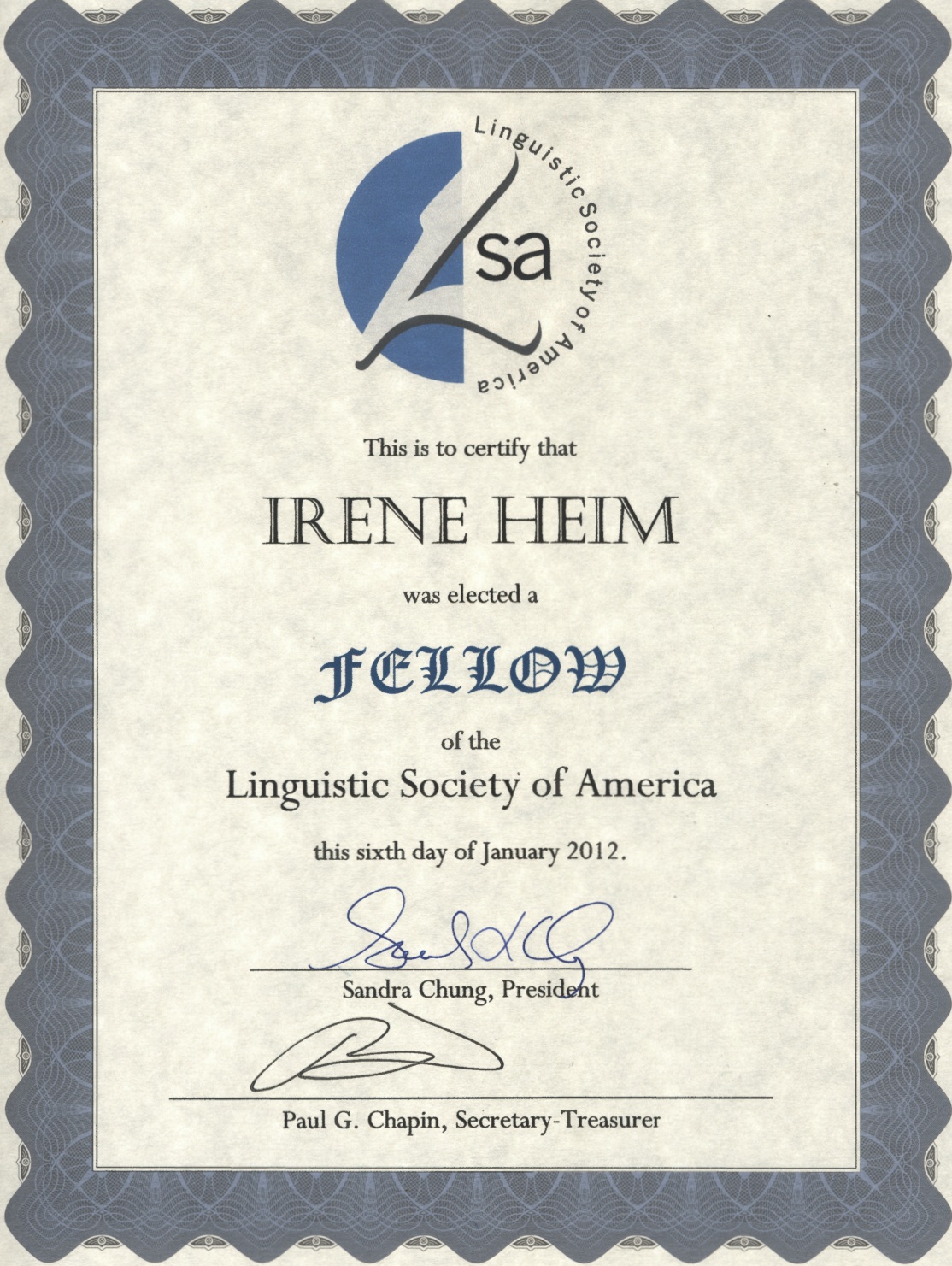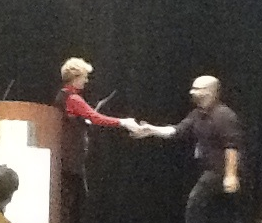Speaker: David Beaver (University of Texas, Austin)
Time: Friday 2/10 3:30 PM
Location: 32-141
Title: IT-constructions
Abstract:
Within the context of a broader project concerning what speakers take to be at-issue, I will present an analysis of the semantics and discourse function of a large range of constructions that I refer to as Inquiry Terminating (IT) constructions. In English, these include it-clefts and exclusives such as “only”, “just”, and “mere(ly)”. I claim that despite their many differences, such constructions cross-linguistically have much in common: they are always focus-sensitive or focus markers, they have a uniform semantics (modulo differences related to syntactic category), and as a discourse function they are always used to mark that a proposition provides a complete answer to what the speaker takes to be the current question.
The similarity of a cleft sentence of the form “It’s X that Ys” to a sentence “only X Ys”, with the exclusive “only” is easily seen: in both cases X is realized with an intonational focus, and both constructions are used when X Ys and nothing else does. Yet cleft sentences and exclusive sentences have many differences. Some of these are shown in the following minimal pairs, each of which shows a contrast in acceptability when an exclusive is replaced by a cleft.
1a) Not only did Kai laugh, but Irene laughed too.
1b) # It wasn’t Kai who laughed, but Irene laughed too.
2a) Mary ate pizza and she only ate pizza.
2b) # Mary ate pizza and it was pizza she ate. (cf. Horn 1981)
3a) Kai: Only David laughed.
Irene: # Yes, and Brady laughed too.
3b) Kai: It was David who laughed.
Irene: Yes, and Brady laughed too.
I aim to account for the main similarities and differences between the meanings of clefts and exclusives, the interaction both types of construction have with focus, and a puzzling range of further data, including evidence drawn from experiments that I’ve been conducting with colleagues on IT-constructions in English, French, German, and Hungarian. I’ll then compare with other accounts, showing e.g. that a recent proposal for the meaning of clefts due to Buring can be subsumed under the current account in all the cases where it works, but not where it doesn’t.

